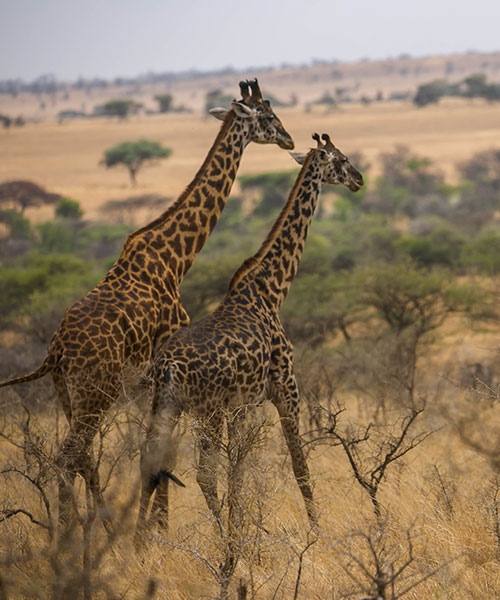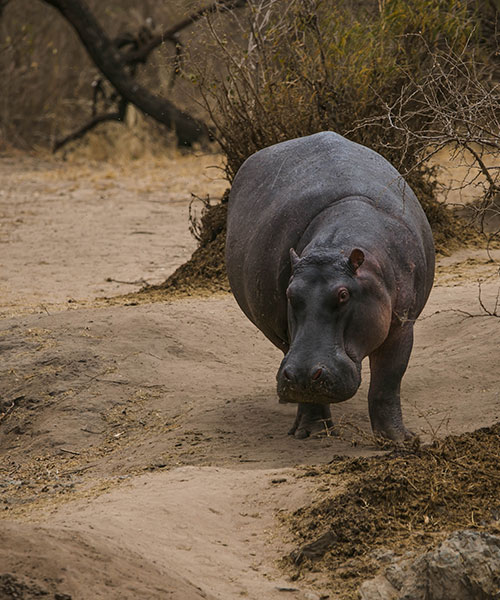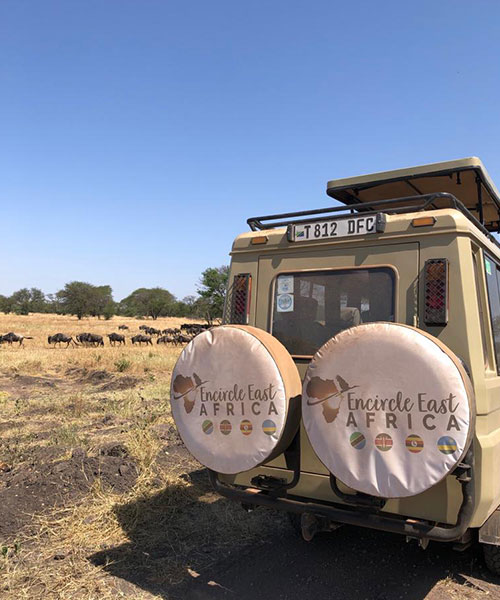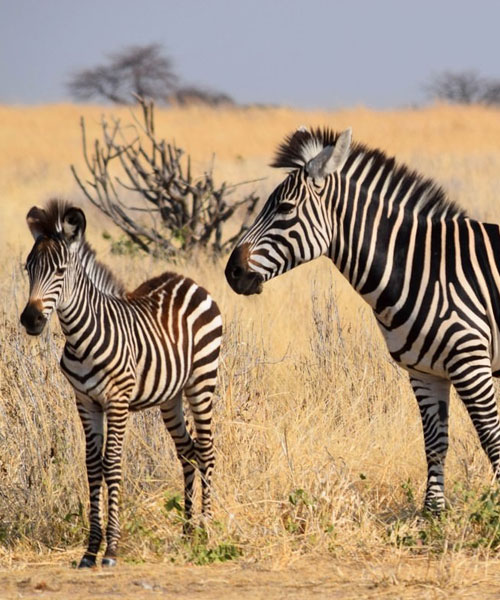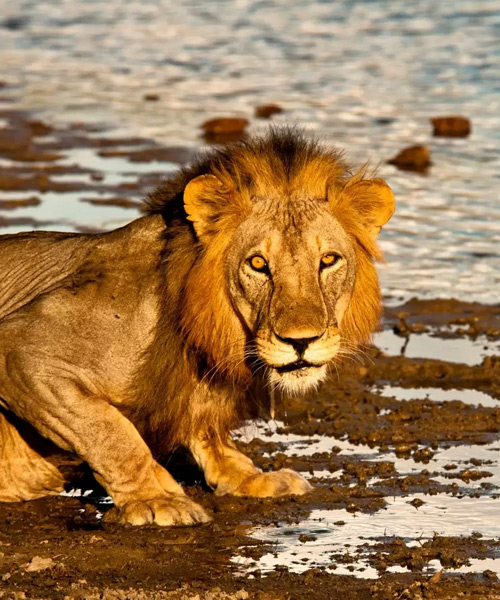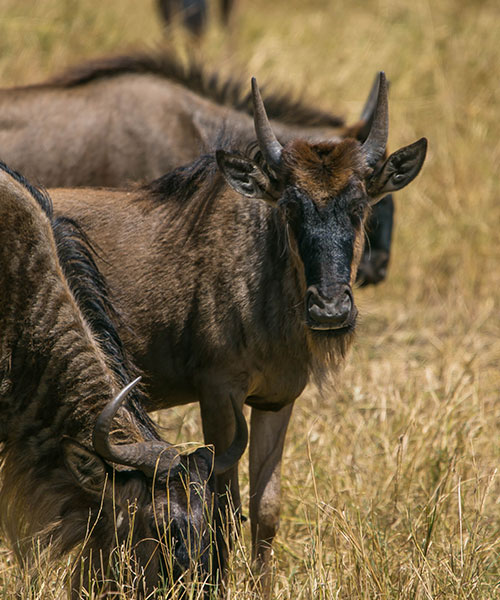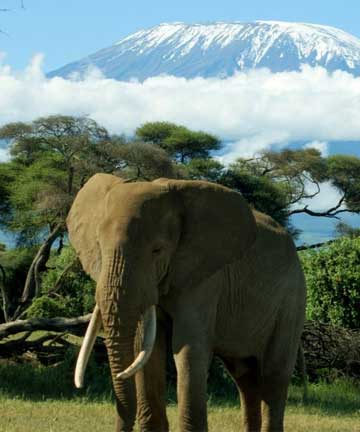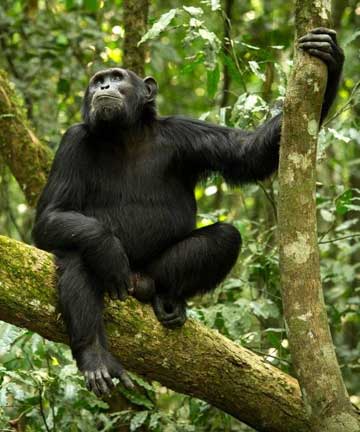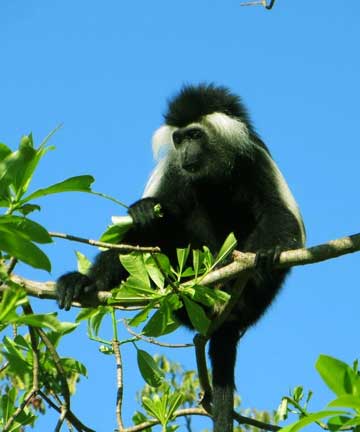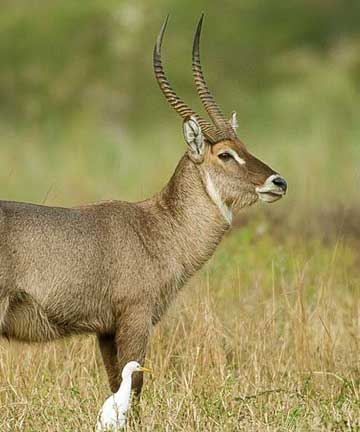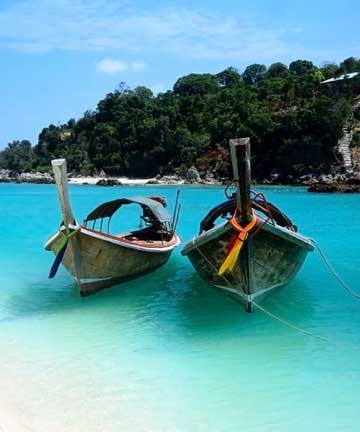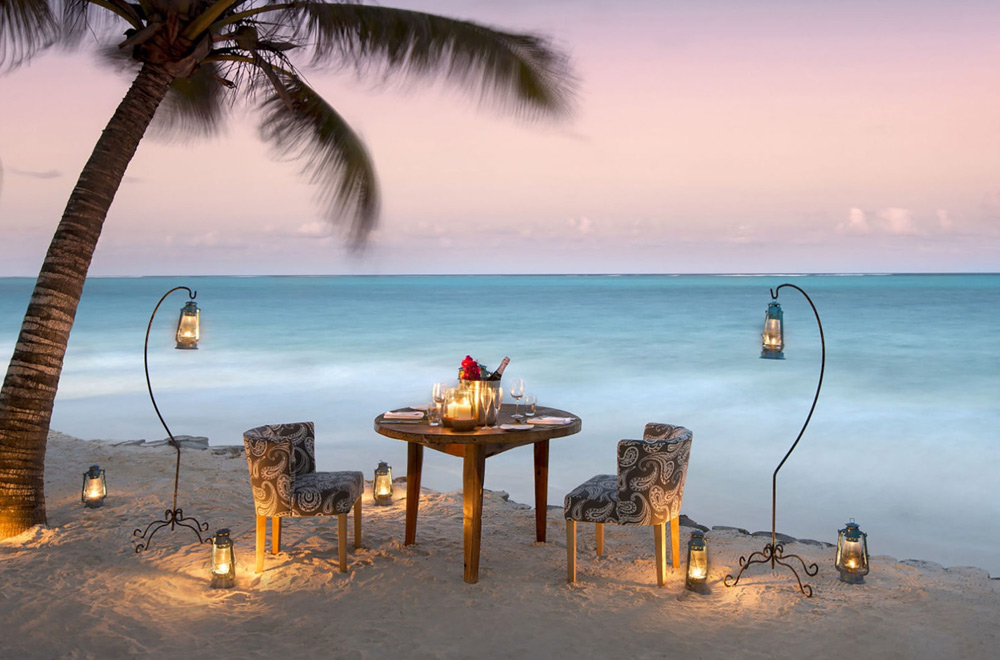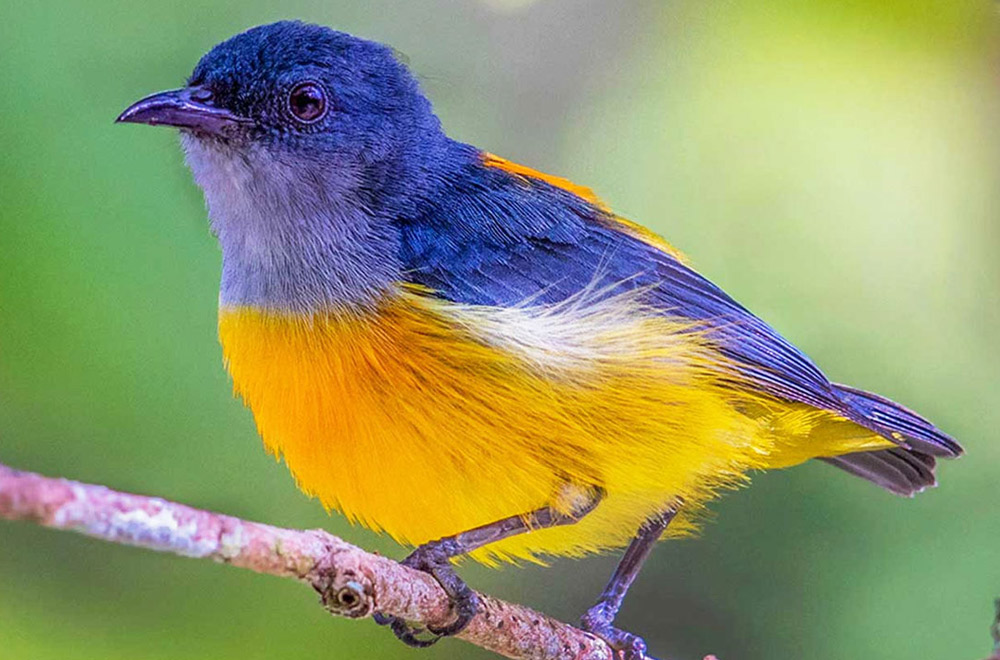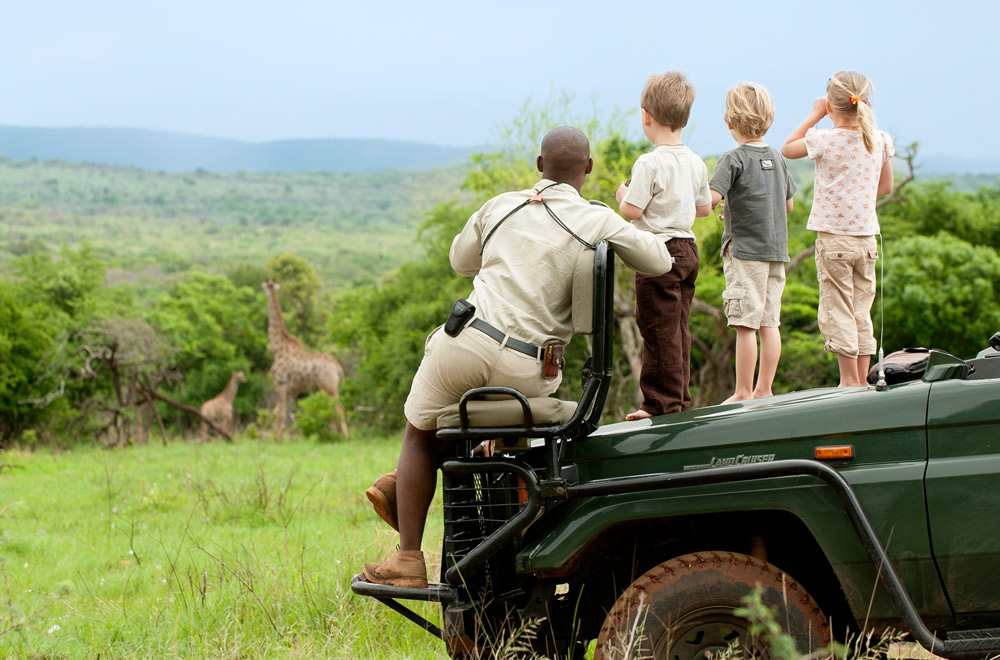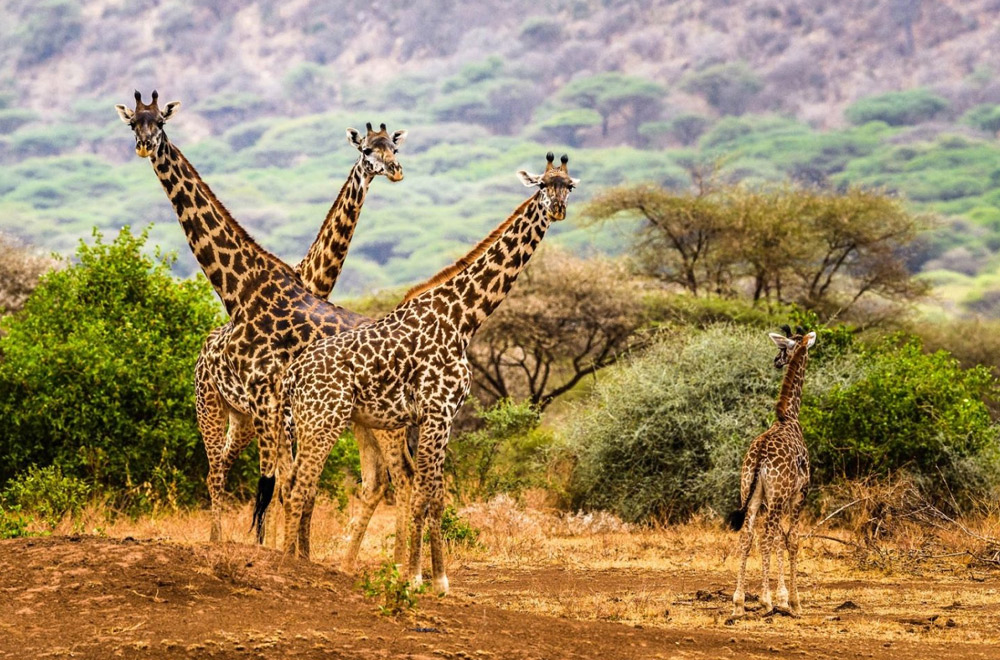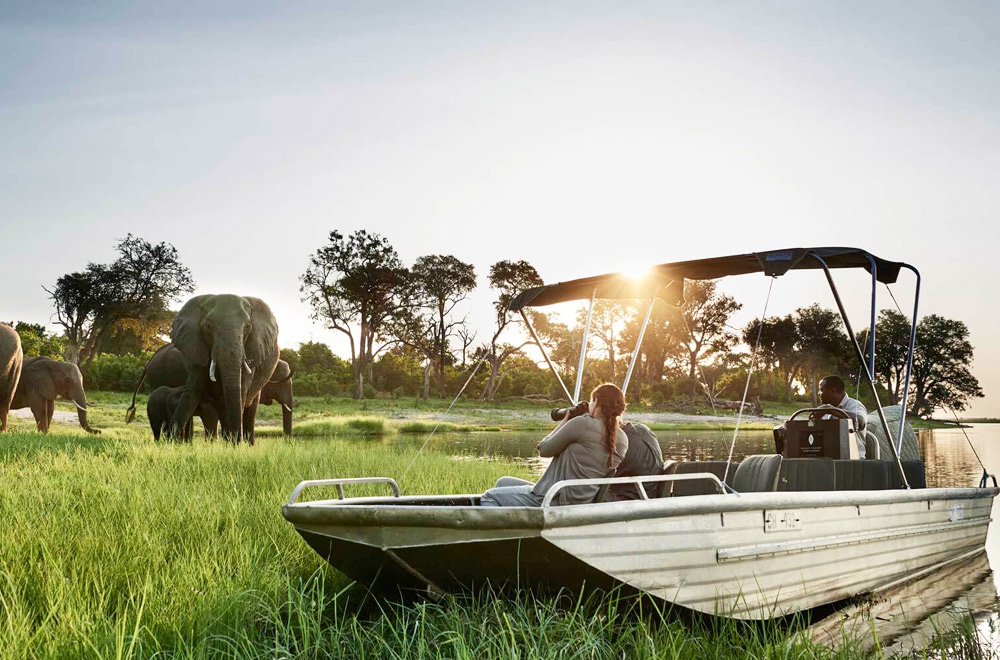Why Visit Mount Kilimanjaro National Park?
Mount Kilimanjaro National Park is home to Africa’s highest peak, attracting trekkers, photographers, and adventurers from around the world. It offers not just scenic treks but also rich biodiversity, including elephants, colobus monkeys, and endemic plant species across distinct ecological zones.

Top Highlights
- Snow-capped peak at the equator
- UNESCO World Heritage Site
- Rainforest, moorland, and alpine desert zones
- Wildlife: elephants, buffalo, monkeys
- Stunning views from Uhuru Peak (5,895 m)
Entry Fees & Travel Info
- Park Entry Fee: ~$80 per adult/day
- Camping & Rescue Fees: Apply for climbers
- Seasons: Best in Jan–Mar and Jul–Oct
- Start Point: Moshi (lodging, gear rental available)
- Guide Required: Yes (local certified guides)

Climbing Routes Overview
Kilimanjaro has multiple established routes. Each varies in scenery, difficulty, and duration:
- Marangu – Known as the “Coca-Cola Route” with hut accommodation
- Machame – Scenic but physically challenging
- Lemosho – Remote, ideal for acclimatization
- Rongai – Quieter and drier, starts from the north
- Northern Circuit – Longest, best acclimatization

Planning to climb? Explore Kilimanjaro Trekking Options
Quick Contact
Visit With Us
Talk to someone who has been there
Tell us what you are looking for in a travel experience and let us do the hard work for you. The best travel experiences are ones that are tailored to you.




